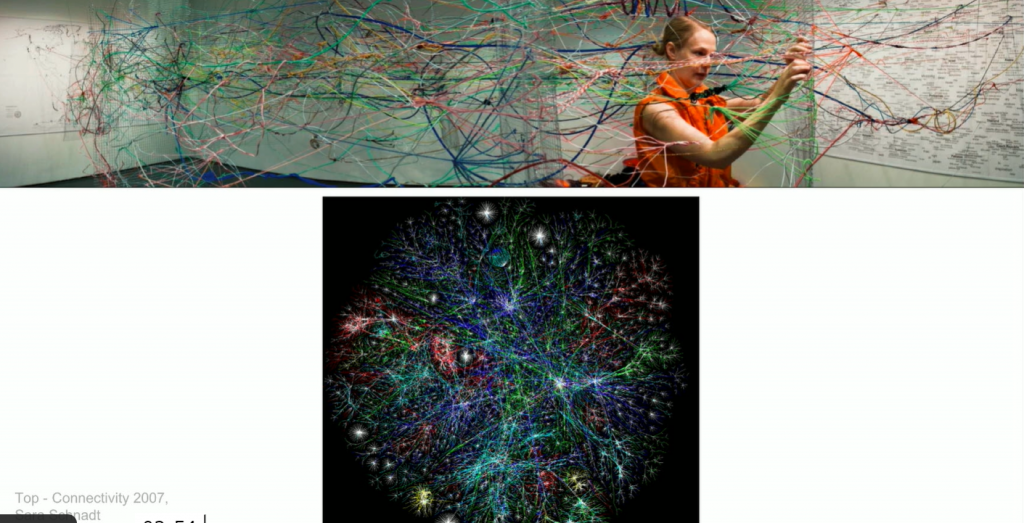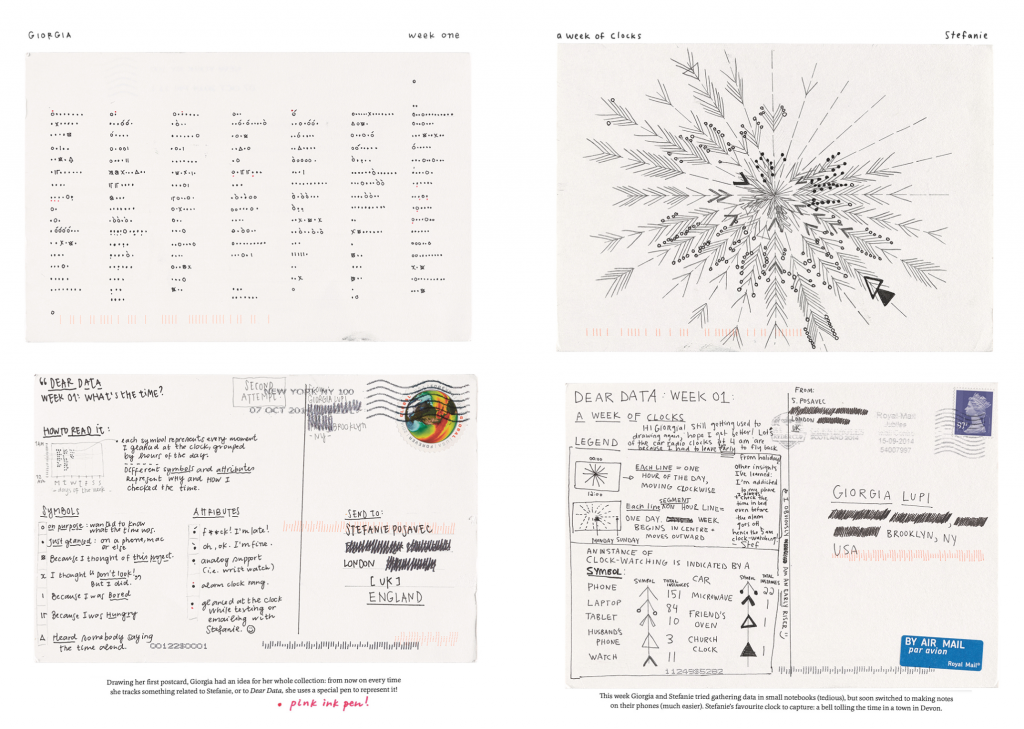
When browsing through the 3-D Computer Graphics Looking Outwards, I found Poppy’s post about Jennifer Steinkamp’s digital animation “Womb” very interesting. I was initially intrigued by how she wrote about the piece being centered around femininity. I found my peer’s assessment about how the artist’s sensibilities manifesting in the piece to make a meaningful analogy with her work very insightful.
I admire the way the artist uses bright “Fruit Ninja” style visuals to create a thought-provoking piece. Steinkamp describes this piece as a way of showing how a womb is a place of transformation that “grows and stretches outward to exercise agency.” With this piece, the viewer acts as the form of agency as the piece’s movement mirrors the viewer’s movement. I agree with my peer’s assessment that this is an interesting way to represent how we as people take up space.
I learned that the wind sound used is taken from the Wizard of Oz tornado scene, which I thought was an interesting choice as it’s unrelated to the subject matter of the piece. I also learned that Steinkamp tailors each of her pieces depending on the space in which she shows, which I thought was very impressive.
![[OLD FALL 2020] 15-104 • Introduction to Computing for Creative Practice](../../../../wp-content/uploads/2021/09/stop-banner.png)


